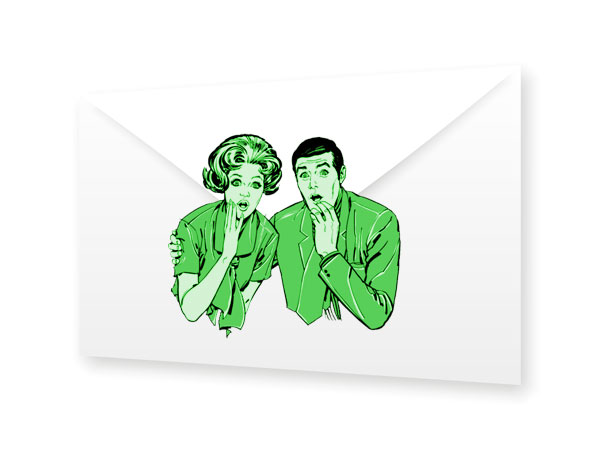Gmail Image Changes and Your Email Marketing

Google announced on its Official Gmail Blog, on Thursday. December 12, 2013, that it was implementing changes to its default action of blocking images in emails. This may have a strong impact on email marketing both positively and negatively.
Before this policy change by Gmail, users would see a prompt that reads: “Images are not displayed.” This was followed by links that read: “Display images below” and another link: “Always display images from [email protected].” The latter, if users clicked it, would whitelist future emails and display images every time from the whitelisted sender.
How Gmail Will Treat Images – It’s Not What You Assume
You may assume, Gmail will now let your images load, unrestricted. Wrong. Instead, Google will capture your images before they reach the viewer, then will store and serve your image themselves.
You can get the story straight from Google’s lips, on the official Gmail blog here:
http://gmailblog.blogspot.com/2013/12/images-now-showing.html
This strategy and policy shift, as told by Google. is to ensure the safe and secure delivery of images, protecting you from viruses and malware, while speeding up your email. But is that the whole story? Perhaps not. Read on.
The Pros
This announcement is good news for email marketers sending html emails, where the visibility of the images is significant in inducing clicks or giving the email message impact. Images will now be more effective on Gmail users. Some claim Gmail’s policy change could be a boon for click-throughs. Some feel this will still help advertisers see who opens their emails and thus track open rates, as well as, make such tracking more accurate. To many, clicks are the best (and real) metric.
The Cons
Critics of this move insist that this will rob them of a huge amount of useful data. Others protest that this is a way for Google to take away information that advertisers relied on, in an effort to weaken email advertising and push advertisers towards Adsense / Adwords. In essence many claims, Google is now making changes to the content of its user's emails.
Let’s review some of the claims being made about how it will affect advertiser data collection.
The loading and clicking of images in email return significant data marketers can use. For example, the IP address gives a ballpark (or better) idea of the Geolocation of the recipient. The “HTTP referrer” shows the URL of the page requesting the image. This identifies the following data: email client, device (desktop. mobile, web, tablet). On some email clients, can even identify what folder the email resides in within the mail client, as it sends back a specific URL path.
The effect of Gmail images now being delivered by Google
Previously, the image request from the user’s email client was what told marketers that the email had been seen and opened.
With these changes in Gmail, 2 things will happen:
1) The info going back to the marketer is simply that of an image request from Google.
2) The marketer will only know the image has been seen if the user clicks it.
Conclusion
Remember, many other email clients also block images by default (although they don’t serve them themselves!). This is something that affects Gmail (and Android) users only. According to a study by Litmus (http://emailclientmarketshare.com/), in November 2013, Google Android is #3 in the email market share at 14%, with Gmail at #8 with 3%.